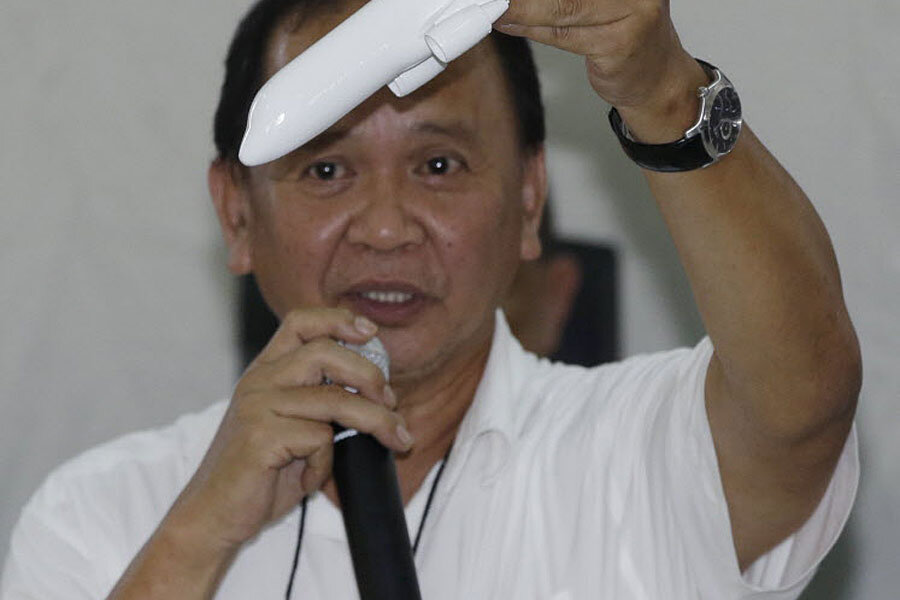The co-pilot was flying AirAsia flight when it crashed. Is that a big deal?
Loading...
As investigators try to piece together the puzzle of the downed AirAsia Airbus A320, the question now lingers: Did pilot error lead to the fatal crash?
In the immediate minutes before the AirAsia Airbus QZ8501 plummeted into the Java Sea, co-pilot Remi Emmanuel Plesel was in control of the aircraft, according Indonesia investigators. Plesel had been in control of the plane from takeoff until the end of the recording on the flight data recorder, reported the BBC.
A stall warning triggered after a rapid ascent with Plesel at the controls continued for about four minutes, until the flight crashed.
"The second-in-command, popularly known as the co-pilot, who usually sits to the right of the cockpit, at the time, he was flying the plane," National Transport Safety Committee (NTSC) investigator Mardjono Siswosuwarno, told reporters at a Jakarta news conference Thursday. "The captain, sitting to the left, was the pilot monitoring."
The AirAsia Airbus was flying at a cruising altitude of 32,000 feet. To avoid a thunderstorm ahead, at around 11:12 UTC the pilot requested a course change and to ascend to 38,000 feet, according to the Indonesian NTSC’s findings based on the flight data recorders. Four minutes after the request, air-traffic control permitted the pilot to bring the plane to 34,000 feet.
The plane rapidly ascended to over 37,000 feet in approximately 30 seconds, which triggered the stall alarm. Most commercial aircraft do not posses the engines to climb at such an extreme rate, noted Siswosuwarno.
Gerry Soejatman, a Jakarta-based independent aviation analyst, said that while there was nothing unusual about the co-pilot being at the controls, the question was whether the captain took the right decision when the plane got into trouble.
"The captain has a choice whether to let the co-pilot continue flying and he does the trouble-shooting, or he takes control of the aircraft and allows the co-pilot to do the trouble-shooting," he told AFP.
There's been speculation in online aviation forums that bad weather and improper pilot reaction to the conditions may be behind the crash. Comparisons have been made with the 2009 Air France Flight 447 that went down in inclement weather in the Atlantic Ocean. In that case, pilot error was partly to blame. "Do you really think the pilot of AF447 didn't have the most basic airmanship and pulled up ignorant of basic stall dynamics? He did whatever he did, including ignoring stall warnings because of confusion, disorientation, all those human factors," wrote Evan on the JetPhotos.net forum discussing the accident.
NTSC officials said that no definitive cause of the AirAsia crash had been pinned down yet.
Plesel has 2,275 hours of flying time with AirAsia. The pilot, Captain Irianto, had over 20,000 hours of flight time, and over 6,000 on the Airbus A320.
"They usually rotate back and forth," David Soucie, an aviation expert told CNN. "And that's a matter of maintaining experience. You wouldn't want one pilot to get all the flight time and the others not to be current on what's going on."
A formal report detailing the basic facts of the crash – no analysis – has been submitted to the International Civil Aviation Organization but this report has not been made public, according to Reuters. Indonesian authorities say it will be six to seven months to produce a full report that will include an analysis regarding the probable cause of the crash.






